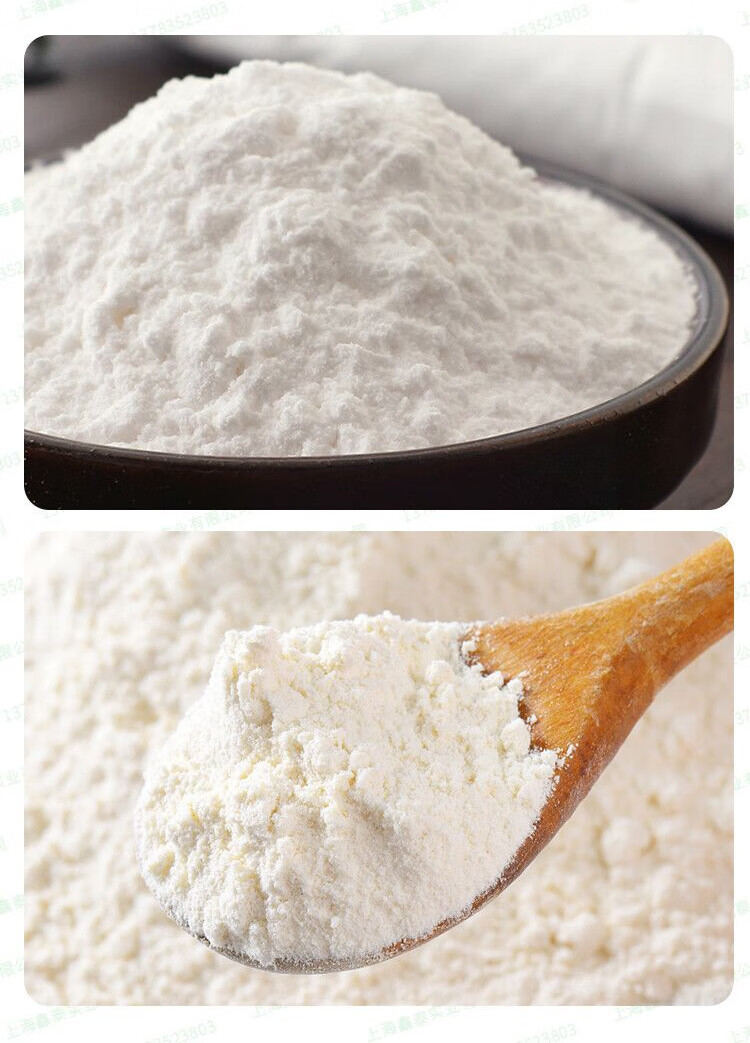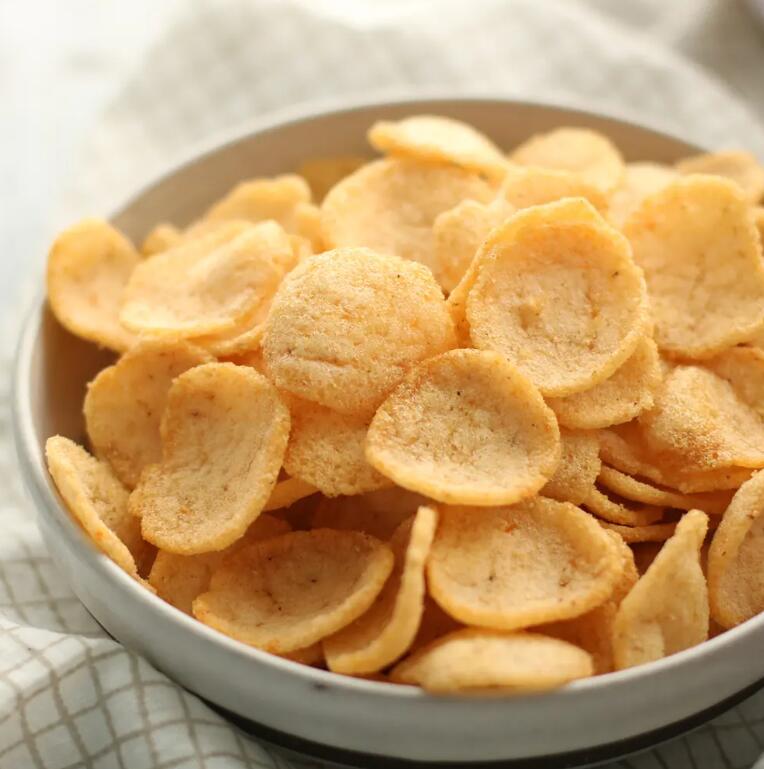Sinoright Blog
Classification and Application of Modified Starch

Classification of modified starch
1. Classify by gender reassignment method
| Classification | Handling method | Type | Characteristic |
| Physically modified starch |
Ultra high voltage, Mechanical law, Damp heat method, etc |
Pre gelatinized starch, ultra-high pressure radiation modified starch, mechanically ground processed starch, wet heat treated starch, extruded modified starch, etc |
The processing method is relatively simple |
| Chemically modified starch |
Oxidation method, Acid modification, method Etherification method, etc |
One type is to reduce the molecular weight of starch, such as acid hydrolyzed starch, oxidized starch, etc; Another type is to increase the molecular weight of starch, such as cross-linked starch, esterified starch, etherified starch, grafted starch, etc |
It can significantly improve the functional properties of starch, making modified starch better meet practical needs |
| Enzymatic modified starch |
Enzymes mainly include α -amylase, amylase, etc |
α, β, γ - cyclodextrin, maltodextrin, amylose, etc | The preparation efficiency is high, and the final product also has anti-aging properties |
| Composite modified starch | Using two or more processing methods | Oxidized cross-linked starch, cross-linked esterified starch, etc | Composite modified starch has the respective advantages of two types of modified starch |
2. Classified by production process
The common production processes for modified starch include:
Dry methods (such as phosphate starch, acid hydrolyzed starch, etc.), wet methods, organic solvent methods (such as carboxylic starch preparation generally using ethanol as a solvent), extrusion methods, and drum drying methods (such as natural starch or modified starch used as raw materials to produce pre gelatinized starch), etc.
3. Classification by starch raw material source
It can be divided into: corn modified starch, potato modified starch, cassava modified starch, rice modified starch, wheat modified starch, etc.
Application of modified starch in food
In rice and flour products, the good thickening, film-forming, stability, and gelatinization properties of modified starch are mainly utilized. The main modified starches used are esterified starch and hydroxypropyl starch
1) Fried instant noodles with modified starch added have a crispy structure and lower oil absorption, resulting in better product quality and storage stability
2) In instant noodles, the rehydration, chewiness, and elasticity of the noodles can be improved, reducing cooking time
3) Adding modified starch to the pastry can reduce the oil absorption, improve the crispness of the pastry, and extend the storage time of the products
4) In the production of Rice noodles, it can be used as a tissue forming agent and a viscosity agent to increase the transparency and smoothness of products, reduce viscosity and improve the taste.
In baked goods, the good film-forming, high-temperature expansion, and stability of modified starch are mainly utilized
1) Used as a substitute for butter in cake and sugar coating production, providing good capacity and structure, and reducing human oil intake.
2) Using glazing agents in baked goods can form a good, clear, and shiny film, replacing expensive proteins and natural gums.
3) As a stabilizer and thickener in fruit cakes, pies, and fillings, it provides a smooth and short silk structure to prevent layering and bursting of the filling.
In waffles, hair biscuits, and cookies, it can produce a crispy texture, excellent color, and good taste. In noodle food, it can also increase the solidity and cooking resistance of the product.
Crispy biscuits, rice fruits and other products require starch to have a certain degree of expansibility. Pre gelatinized starch is the raw material for this type of product and is superior to adding regular starch. The reason is that some of the starch in the mixture made from pre gelatinized starch has already absorbed water, and when baked, a large amount of water frozen starch particles will bubble out, causing expansion. On the contrary, if ordinary starch is used, it only begins to absorb water during baking, which makes it difficult to achieve the goal of being crispy. Sometimes, in order to achieve better results, modified pre gelatinized starch is also used.

Application in frozen food. Denatured starch mainly plays the role of thickening, improving texture, anti-aging and improving sensory quality in most frozen food.
For example, the skin of rice dumpling is easy to crack after freezing, and it cannot be repeatedly frozen and melted. Adding about 5% etherified starch to the glutinous rice flour for making rice dumpling can play the role of bonding and wetting, effectively avoid skin cracking and starch retrogradation, reduce the phenomenon of soup paste during cooking, and reduce the amount of solids in the soup.
In the application of snack foods, the good adhesion, swelling, brittleness, and fluffy structure of modified starch are mainly utilized. Commonly used modified starch includes pre gelatinized starch, etherified starch, and composite modified starch

1) In extruded and puffed foods, modified starch can give the product good puffiness and structure, improve the strength and brittleness of the product, achieve uniform structure, high yield, and increase functional fiber components
2) In microwave puffed food, modified starch can control the volume and structure of the product, making the pores of the product uniform
3) In crispy peanuts, modified starch can improve the texture of the crispy skin, giving it a light, crispy, and fluffy structure
4) In other foods, modified starch can also play a good role
